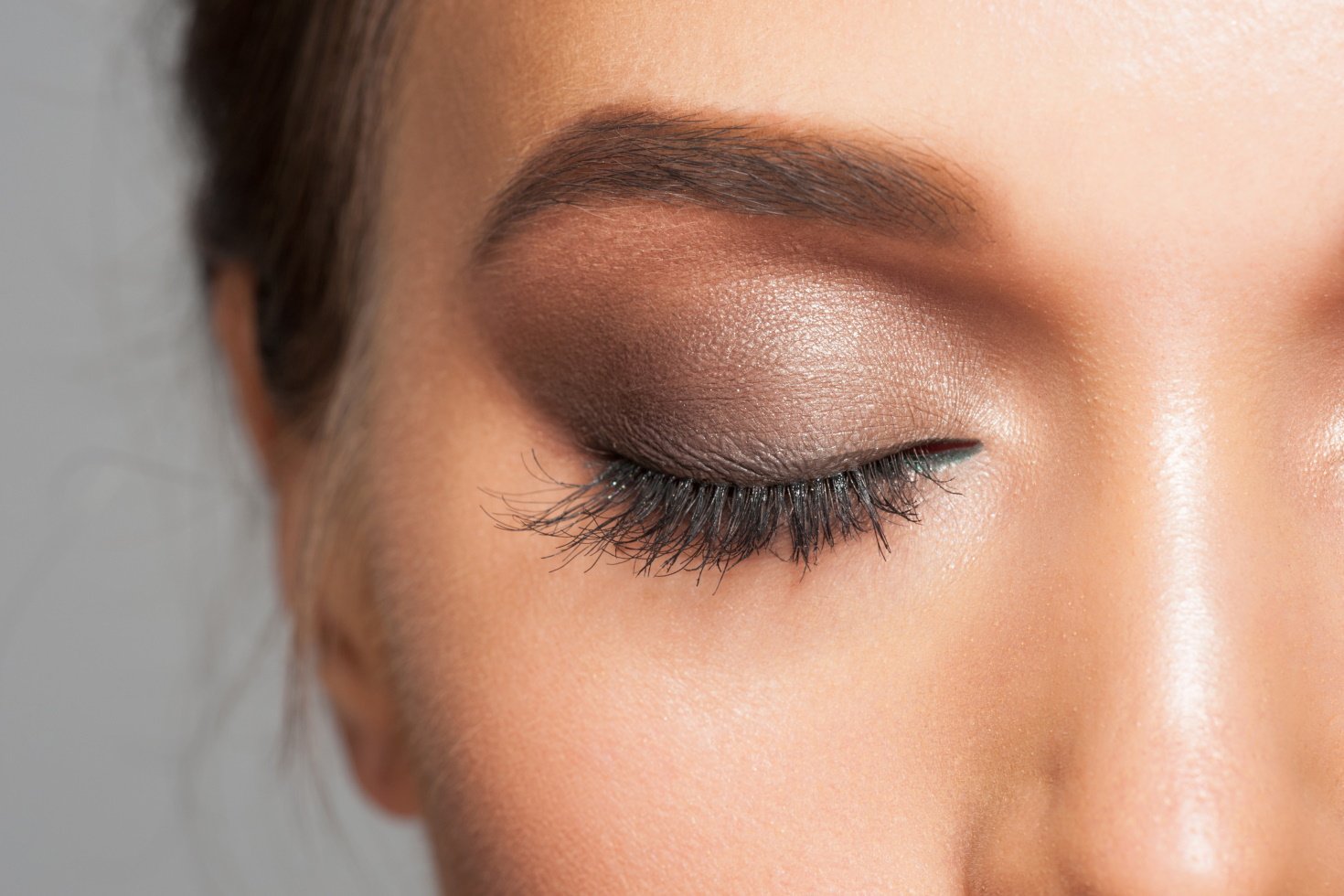Salon • Community
Look Good, Feel Good: How To Serve Blind and Low Vision Clients

By Shanalie Wijesinghe . Jul.01.2022
Share Article
Make your salon accessible to everyone regardless of visual ability by personalizing your approach
There’s a common misconception that people with visual impairments don’t care about their looks, but as social media influencers like Cailey Darling and Molly Burke show, that couldn’t be further from the truth. The problem is that this potential audience for fashion and beauty products hasn’t been catered to until very recently, and it’s only now that fashion brands and salons are starting to take notice.
Beauty should be accessible to everyone, and your salon should strive to care for your clients’ needs, regardless of visual ability. Keep these considerations in mind while serving people who are blind or visually impaired, so you can help meet their needs while giving them a killer look.
Communicate and provide clear descriptions
Talking with your clients during an appointment is always important, but it’s doubly so when your client isn’t able to see the work being done.
Be extra descriptive about the colors and product you’re using and the techniques being done to apply it. Inquire in detail about what the client wants, and talk through the process before and during application. Ask for permission if you need to move or reposition them to continue working, and politely ask if they need assistance moving them to a secondary work area, like a shampoo station.
As long as you don’t make assumptions and keep dialogue open while you work, you can ensure both you and your client walk away happy.
Ask questions and incorporate their process into your styling
Another way to help your clients is to internalize the fact that techniques or equipment that you use regularly may be inaccessible to people who are blind or are visually impaired. So while you may style someone’s hair or makeup quickly and send them on their way, there’s a good chance they’ll have trouble replicating that style with their own tools and routine.
It’s important to ask questions about how your clients apply makeup or do their hair or nails at home. Are there any special tools, like tape or guides, that they use? Do they count strokes when applying makeup or other product? Find out what their methods are, and make sure to explain your styling on their terms so they can look and feel good without external assistance.
Stock products that adhere to universal and accessible product design
When looking at inventory for your salon or spa, keep an eye out for accessible beauty products. Tools like makeup reading glasses or the Guide Wand from Guide Beauty provide helpful assistance for clients with low vision as they apply makeup.
Accessibility goes beyond special hardware, though, and companies like Herbal Essences are embracing universal design concepts that help make their products accessible to everyone. A few years ago, the hair care brand became the first to implement a series of tactile markers so people who are blind could tell the difference between shampoos or conditioners without having to know Braille.
Other products, like Too Faced’s Hangover Pillow Balm lip treatment, match scents with colors, so anyone can take a sniff and tell exactly what color they’re applying.
These may seem like small touches, but they’re huge for making beauty accessible to as many people as possible, whether they are visually impaired or not.
Think you know what clients truly want? We surveyed 800+ beauty patrons to discover what matters most to potential clients. Here's what we found
Sign up for weekly blog updates.
